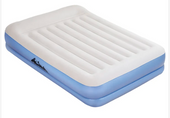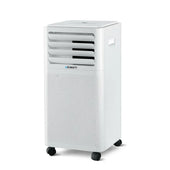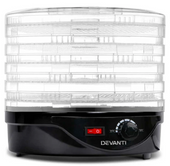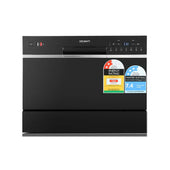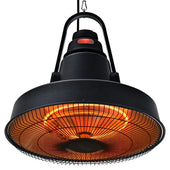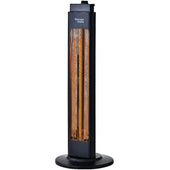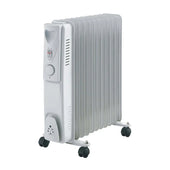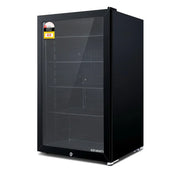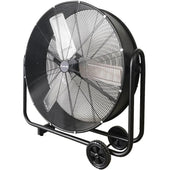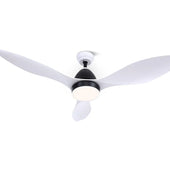Introduction to Mattress Standard Sizes
Mattress sizes are designed to cater to varying individual and household needs, offering diverse options for comfort and room dimensions. Standard mattresses come in a range of sizes, commonly including Single, Double, Queen, King, and Super King. Each size is defined by its length and width, accommodating different requirements like solo sleepers, couples, or families.
For instance:
- Single mattresses are ideal for children or small spaces.
- Double mattresses suit single adults or compact guest rooms.
- Queen mattresses provide ample space for couples.
- King mattresses are perfect for maximising comfort.
Specific dimensions vary slightly by region, but these sizes offer a universal guideline to help shoppers choose the right fit for their lifestyle.
Why Understanding Mattress Dimensions is Important
Choosing the correct mattress size directly impacts comfort, sleep quality, and usage of bedroom space. During Days, a mismatch between mattress size and room dimensions can make a space feel cramped or underutilised. Different sizes also suit varying needs, such as accommodating a partner, children, or pets.
Understanding mattress dimensions ensures compatibility with your bed frame and existing bedding, saving time and expense. For taller individuals, length becomes crucial, while width may matter more when sharing the bed. Awareness also helps navigate regional size variations, as measurements can differ between countries. Making informed decisions about mattress dimensions helps create an optimal sleeping environment.
Overview of Queen and King Mattress Dimensions
A queen mattress typically measures 60 inches wide and 80 inches long, offering ample space for couples or individuals who value sleeping comfort without requiring excessive room space. By comparison, a king mattress is larger at 76 inches wide and 80 inches long, making it the widest standard mattress size. Both options provide the same length, catering well to taller individuals.
The queen size is ideal for smaller bedrooms or guest rooms, while the king size is best suited to spacious master bedrooms. The notable width difference between these two sizes influences personal space, furniture arrangements, and room aesthetics significantly.
Comparing Queen vs King Mattress: Length
The length of both queen and king mattresses is identical, measuring 80 inches (approximately 203 cm). This consistent length provides ample legroom for most individuals and is suitable for accommodating taller sleepers comfortably.
When considering the length, both mattress types cater to similar needs in terms of user height and space requirements. However, it is worth noting that while the length remains the same, the difference in width defines the overall spatial feel of each mattress. For couples or single sleepers, the identical length ensures no specific advantage in terms of physical dimensions.
Comparing Queen vs King Mattress: Width
The width of a mattress plays a crucial role in determining how much space it offers for sleepers. A queen mattress is 60 inches (152 cm) wide, making it an excellent option for individuals or couples who prefer a balance between personal space and room efficiency. On the other hand, a king mattress is noticeably wider, measuring 76 inches (193 cm).
This additional 16 inches of width provides more room, making it ideal for couples who desire extra personal space or families with young children sharing the bed. The difference in width is a significant factor for those choosing between these two mattress sizes.
Who Should Consider a Queen Mattress?
A queen mattress is a versatile option that caters to a range of sleepers and settings. Its dimensions, typically 60 inches wide and 80 inches long, make it an ideal choice for individuals or couples who prefer a snug sleeping space.
Ideal for:
- Single Sleepers: Those who want extra room to spread out compared to a smaller full-size mattress.
- Couples: Individuals who share a bed but have limited bedroom space, as the queen fits comfortably in average-sized rooms.
- Guest Bedrooms: Perfect for guest rooms where maximising space without compromising comfort is key.
- Budget-Conscious Buyers: More affordable than king-sized options while still providing ample sleeping area.
A queen mattress balances comfort and size, making it suitable for small to medium bedrooms and varied sleep needs.
Who Should Consider a King Mattress?
A king mattress is ideal for individuals or couples who prioritise extra sleeping space. It is particularly beneficial for those who share the bed with children or pets, as the additional width reduces disturbances during sleep. A king bed suits individuals who are taller, broader, or prefer sprawling out without infringing on their partner’s space.
People with larger bedrooms may find a king mattress an aesthetically better fit, filling the room more proportionally. Those with health conditions like arthritis or chronic pain may also prefer a king for its ability to accommodate adjustable bases or customised sleeping arrangements. For superior comfort and support, consider a king size foam mattress.
Space Requirements for Queen and King Mattresses
Choosing between a queen and king mattress often depends on the available space in the bedroom. A standard queen mattress measures 60 inches wide by 80 inches long, making it suitable for smaller to medium-sized bedrooms. Ideally, the room should allow for at least 2 to 3 feet of clearance around the bed to facilitate movement.
King mattresses, measuring 76 inches wide by 80 inches long, require significantly more floor space. Bedrooms intended for king-sized mattresses are best suited to dimensions of 12 feet by 12 feet or larger. Failure to accommodate this could result in overcrowding, limiting functionality and design flexibility. For hygiene and longevity, using a king size mattress protector is highly recommended.
Cost Differences Between Queen and King Mattresses
When comparing costs, queen mattresses are generally more affordable than king mattresses due to their smaller size. Manufacturers often price queen mattresses lower because they require fewer materials to produce and are more commonly purchased, catering to a wider market. King mattresses, offering a larger sleeping area, tend to be priced higher, reflecting the added materials and increased manufacturing costs.
Factors such as material type, brand, and custom features can also influence price differences. For instance, luxury brands may have a significant price gap between queen and king varieties. Shoppers should weigh their budget against their space requirements and personal preferences before deciding. If you're not ready for a full upgrade, a king size mattress topper can enhance comfort at a lower cost.
Queen vs King: Which is Better for Couples?
When choosing between a queen and king mattress, couples should evaluate their preferences and bedroom space. Both options cater to two people, but key differences exist:
- Size Comparison: A king mattress offers 16 inches more width than a queen, providing each partner equivalent personal space to a twin-size bed. This is ideal for restless sleepers or individuals needing extra room.
- Bedroom Space: A queen bed fits well in mid-sized bedrooms, leaving more area for furniture. By contrast, a king suits larger rooms.
- Cost Consideration: King mattresses generally cost more, influencing couples on tighter budgets.
Couples must weigh these factors to select the option best aligning with their needs.










